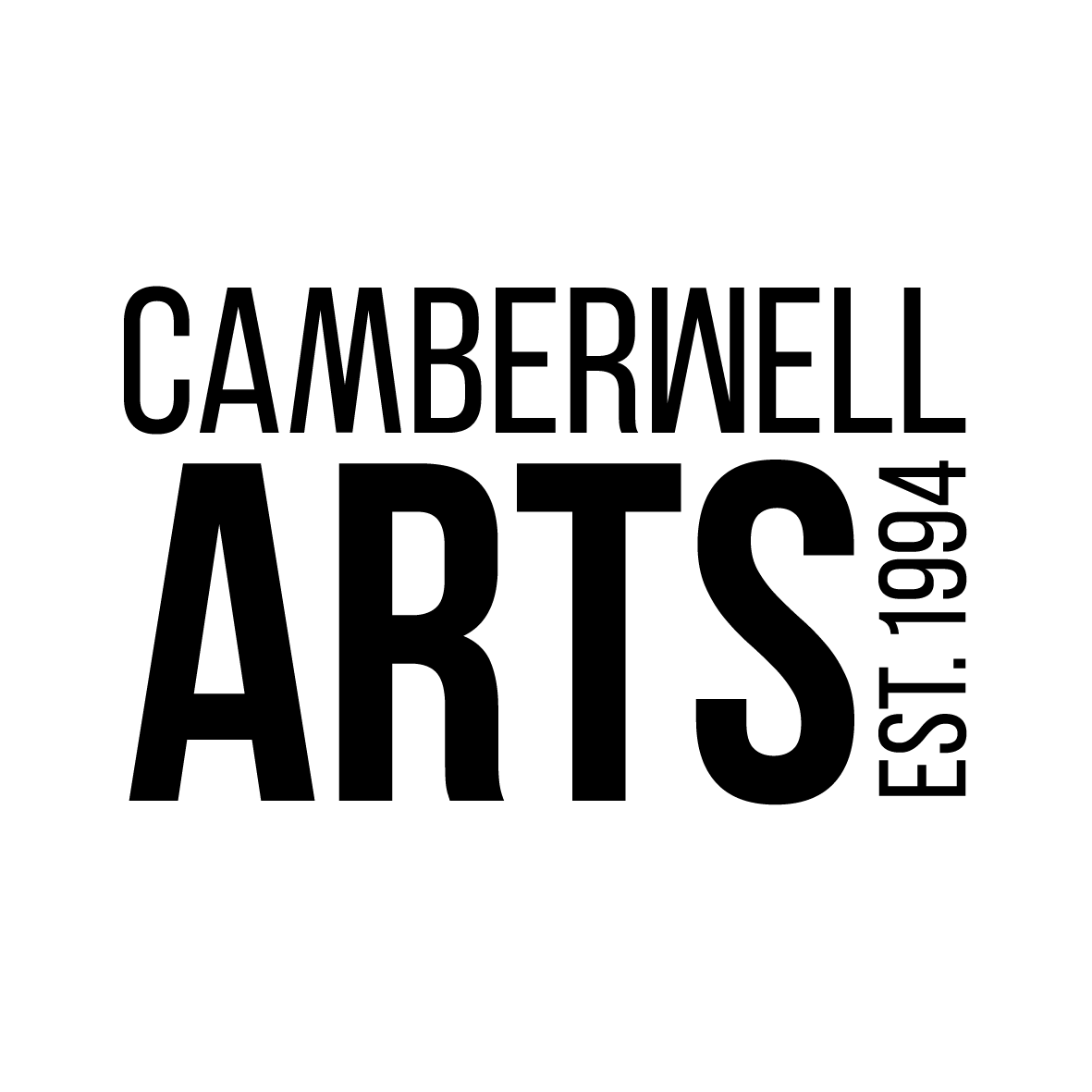Anima Mundi
By Phil Dobson
First presented at Mdina Cathedral Contemporary Art Biennale 2020 - Regaining a Paradise Lost: The Role of the Arts
Curated by Nikki Petroni
Has humankind ever lived in harmony with nature? Perhaps, if we are to regain Paradise, we must find a different way of life.













We can equate Paradise with unspoilt nature, which can be viewed through the lenses of technology, science, culture, religion, a combination of these, historically or contemporarily. The influence on our ecosystem can be seen as a superimposition of influences which results in the physical erosion of landscape, the extinction of species and the concealment of palaeontological land archaeological evidence. Under this schema, nature becomes a palimpsest pf complex interrelationships. Anima Mundi is an attempt to represent these processes. The video is derived from digitally manipulated images f my paintings and this has the effect of extending painterly principles into the medium of video. I have also combined organic forms with images from my ‘typographical’ paintings, thereby representing the relationship between Nature and logos/reason. The ultimate truth that is depicted in Anima Mundi is that, as taught by St Paul (drawing on his background in Stoicism), God is interchangeable with Nature. Nature is seen as a beginningless, endless, eternally self-destroying and renewing force.
Anima Mundi is made to be projected onto the fabric of the cathedral, implying the dematerialisation of the stone structure and the Church as both the physical and spiritual manifestation of Christianity, as with the effect of stained glass.
About Phil Dobson
Phil Dobson studied architecture at Oxford before taking a degree in Art and History of Art at Reading University. He then read for a diploma in Ecology and Conservation at London University before working on various nature conservation projects in London for a number of years. His work in is informed by his interest in science and natural history. Dobson’s work has recently developed more towards installation, moving image and the use of sound. Significant projects include the production of a four storey ‘stained glass’ window at Cheongju Arts Centre of the Jikji Biennale which celebrated the invention of moveable metal type in South Korea (2016, in collaboration with Brigitte Stepputtis)

